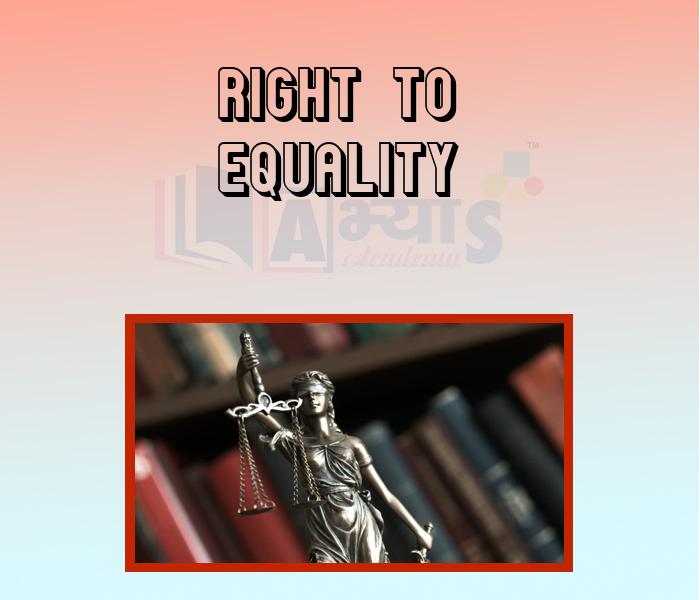Right To Property











Right To Property
The Constitution originally provided for the right to property under Articles 19 and 31. Article 19 guaranteed to all citizens the right to acquire, hold and dispose off property. Article 31 provided that no person shall be deprived of his property save by authority of law. It also provided that compensation would be paid to a person whose property has been taken for public purposes.
The provisions relating to the right to property were changed a number of times. The Forty- Fourth Amendment of 1978 deleted the right to property from the list of fundamental rights, A new provision, Article 300-A, was added to the Constitution which provided that 'no person shall be deprived of his property save by authority of law".
Right to Property as a fundamental right
Since the Constitution of India came into force in the 1950s, the right to property was given fundamental status. Basically, two articles Art. 31 and Art. 19(1)(f) ensures that any person's right against his property remains protected.
Right to property is a _____________________________- | |||
| Right Option : D | |||
| View Explanation | |||
Which of the following article of the Indian Constitution guaranteed to all citizens the right to acquire, hold and dispose off property ? | |||
| Right Option : A | |||
| View Explanation | |||
Which of the following are correct : (a) Article 300-A of the Indian Constitution, was added to the Constitution which provided that 'no person shall be deprived of his property save by authority of law. (b) The 44th Amendment Act of 1978 abolished the right to property as a Fundamental Right by repealing Article 19(1) (f) and Article 31 from Part III of the Indian Constitution. (c) The right to property is still a legal or constitutional right, but it is no longer a fundamental right. | |||
| Right Option : D | |||
| View Explanation | |||
Students / Parents Reviews [10]
A marvelous experience with Abhyas. I am glad to share that my ward has achieved more than enough at the Ambala ABHYAS centre. Years have passed on and more and more he has gained. May the centre flourish and develop day by day by the grace of God.

Archit Segal
7thMy experience with Abhyas academy is very good. I did not think that my every subject coming here will be so strong. The main thing is that the online tests had made me learn here more things.

Hiya Gupta
8thAbhyas Methodology is very good. It is based on according to student and each child manages accordingly to its properly. Methodology has improved the abilities of students to shine them in future.

Manish Kumar
10thIt was good as the experience because as we had come here we had been improved in a such envirnment created here.Extra is taught which is beneficial for future.

Eshan Arora
8thMy experience was very good with Abhyas academy. I am studying here from 6th class and I am satisfied by its results in my life. I improved a lot here ahead of school syllabus.

Ayan Ghosh
8thIt was a good experience with Abhyas Academy. I even faced problems in starting but slowly and steadily overcomed. Especially reasoning classes helped me a lot.

Cheshta
10thI have spent a wonderful time in Abhyas academy. It has made my reasoning more apt, English more stronger and Maths an interesting subject for me. It has given me a habbit of self studying

Yatharthi Sharma
10thIt has a great methodology. Students here can get analysis to their test quickly.We can learn easily through PPTs and the testing methods are good. We know that where we have to practice

Barkha Arora
10thBeing a parent, I saw my daughter improvement in her studies by seeing a good result in all day to day compititive exam TMO, NSO, IEO etc and as well as studies. I have got a fruitful result from my daughter.

Prisha Gupta
8thAbhyas is a complete education Institute. Here extreme care is taken by teacher with the help of regular exam. Extra classes also conducted by the institute, if the student is weak.
